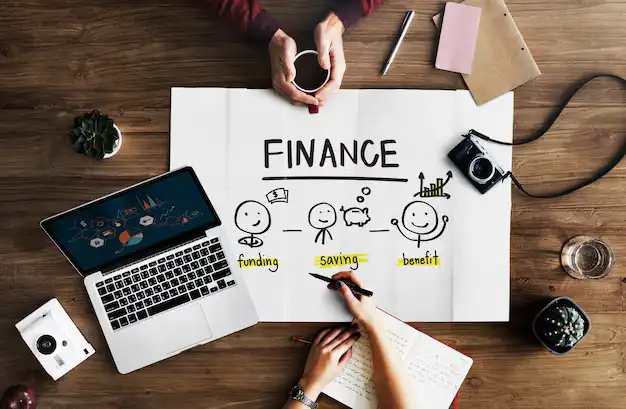
Delayed gratification is crucial to everything. If you can resist the temptation of an immediate reward then usually your payoff will be a lot greater later on in life. This happens often in the investing world: if you buy and hold for a very long time — 10, 30, or even 50 years — the bigger your gains are going to be. The same reason why experts recommend not touching your savings or your 401(k) is because the longer your money can compound, the better it is for retirement.
In everyday purchases delayed gratification can be boiled down to a simple phrase: if you can’t buy it twice, don’t buy it. If a $500 purchase makes you uncomfortable compared to $1,1000, you probably can’t afford the $500. Zoom out ten or twenty years on big career or financial decisions. Long-term thinking and delayed gratification make you unstoppable.
Lesson 2: Track the Big Three
Track three numbers: expenses, savings rate, and net worth.
- Track fixed expenses (transportation, housing, utilities, healthcare) and ensure they don’t exceed 50–60% of income.
- Track discretionary spending with mid-month check-ins. If your monthly target for discretionary is $1,500, at day 15 it should be about $750. If you’re already at $900, cut back.
- Track savings rate: aim for around 10% and ramp it up.
- Track net worth for perspective and peace of mind.
Lesson 3: Keep Investing Simple (You Don’t Need Too Many Things)
You don’t have to invest in a dozen ETFs. Many people own multiple ETFs with overlapping holdings. For example, Vanguard’s S&P 500 ETF and a midcap ETF can have heavy overlap. Most index tracking ETFs are already well-diversified. Often one, two, or at most three ETFs are enough. Investing should be simple and passive; average returns held over a long horizon beat most active managers.
Lesson 4: Avoid Buying Depreciating Assets on Credit
Be aware of large purchases that are depreciating assets — cars, jewelry, clothing, furniture, electronics. The worst move is borrowing to buy something that loses value. If you finance a $2,000 couch and resell it for $200 later, you’ve lost money and still paid financing costs.
Lesson 5: Long Horizons Smooth Out Risk
If you invest for more than 20 years it should typically yield positively. Over any 20-year period US stocks have had no real negative returns when including dividends. As holding periods lengthen, the chance of negative returns decreases. If you want to accumulate wealth, keep buying into the market with a long horizon.
Lesson 6: Early Savings Matter Most
At the beginning, saving aggressively matters most. The first $100K is typically built by savings rather than investment returns. Compound interest helps later, but the friction is upfront. Discipline and consistent saving build the initial nest egg.
Lesson 7: Investing Should Be Boring
You likely won’t get rich day trading. Buying an index fund, dollar-cost averaging, and holding is a boring but effective strategy. Earning average returns consistently over a long period can put you in the top 5% of investors.
Lesson 8: Don’t Compare Yourself to Peers
Don’t compare your financial progress to others. Social media shows highlights, not realities. Everyone has different goals, values, and situations. Comparing only wastes energy better spent on your own plan.
Lesson 9: Avoid Becoming a “30k Millionaire”
Appearance isn’t wealth. Many who look wealthy merely spend beyond their means. Most truly wealthy people live below their means. If your motive is to spend to look rich, you’ll never achieve real wealth.
Lesson 10: Risk Is Personal
What’s risky for someone else may not be risky for you. Apply critical thinking to advice and adapt it to your situation. General advice isn’t one-size-fits-all.
Final Thoughts
Start applying what you learn and start small if you must. Reduce the budget if you’re afraid — invest a few hundred or set a monthly plan. The landscape today offers resources, knowledge, and communities to support you. Taking control of your finances might be one of the most impactful decisions you ever make.
For a deeper read on compound growth and long-term investing, see Investopedia’s guide on compound interest.
https://www.investopedia.com/terms/c/compoundinterest.asp